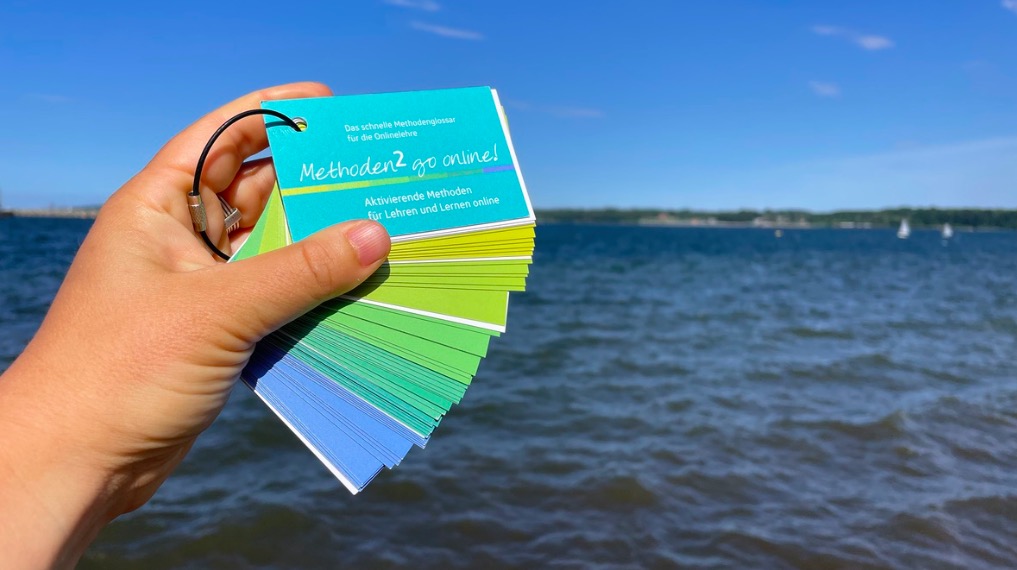
#Methods2Go: Transferring theoretical ideas into actionable knowledge in university teaching
More methods today, inspired by E.-M. Schumacher’s “Methoden 2 go online!“! Today:
Converting
Battle of theories
The idea in this method is that students asynchronously read up on certain theories and prepare to defend them against other theories. In a video call, a handful of students than “battle” while the rest takes on roles like referee or note-taker.
What I like about the method: That there are valid roles for the students who aren’t actively “batteling” so they are actively included in what’s going on. Even better if they can choose the roles they are taking on.
What i dislike about the method: I would personally HATE having to play one of the active roles in the battle, and would be super stressed out that for some reason I might be called to do it. And even the thought stresses me out so much that I wouldn’t use this with my students.
But on the subject of taking on roles:
Thinking hats
If students are asked to argue from specific points of views (e.g. advantages, disadvantages, costs, benefits, …), this can be supported by temporarily changing their names in the video call system. This might make it easier to act from a certain role’s point of view because it is very clear that it’s not a personal standpoint? I definitely like the idea of clarifying roles with help of screen names!
Marketplace / vernissage
Similarly to “gallery walks“, market places are something that I really like in virtual teaching. Student artefacts (be it posters, articles, memes, videos, …) are shared in a padlet or on some other platform, and students then asynchronously look at everybody else’s work and give feedback.
Depending on the group of students you are working with, and on whether they are used to the format, they might need some rules and/or guidance around how to do it, i.e. what kind of comments you are expecting and something like “everybody needs to leave at least 2 comments in such a way that every artefact receives at least 2 comments. You can leave more if you like”…
Minute paper
Oldie but goldie — students get one minute to write down any open questions and everything they want to remember. Combine it with a lightening storm in the chat or ask them to write it in some kind of shared document, and you’ll see what everybody wrote, have a documentation of it, and students can even compare notes & learn from each other!
That’s it for today! Next #TeachingTuesday we’ll be back with method ideas for evaluation!
Thinking about "Universal Design for Learning" - Adventures in Oceanography and Teaching says:
[…] can experiment with different identities or pick the one that resonates with them the most (“battle of theories“, “writing summaries from different […]